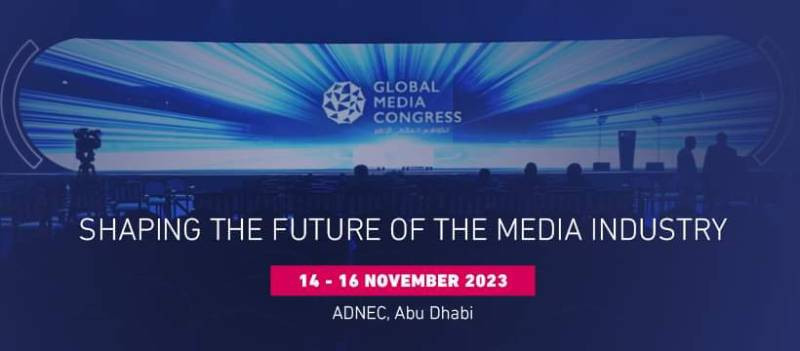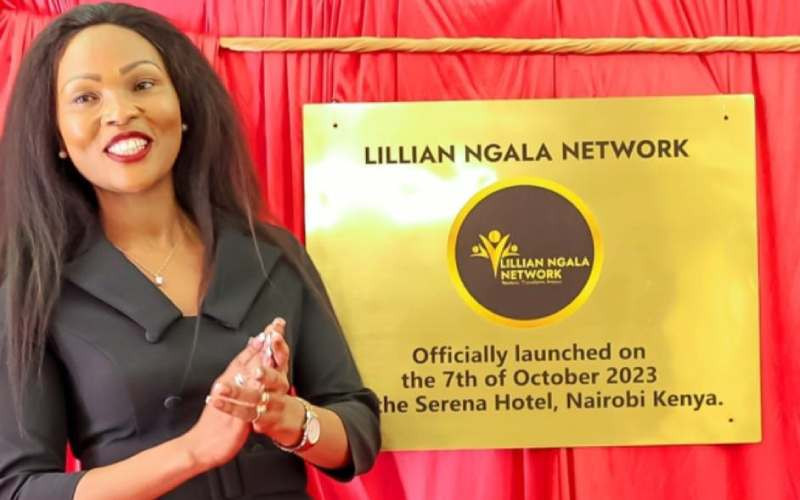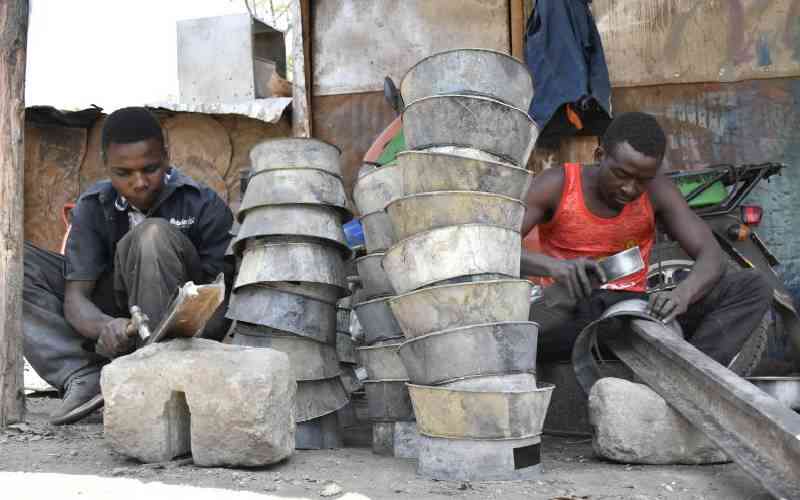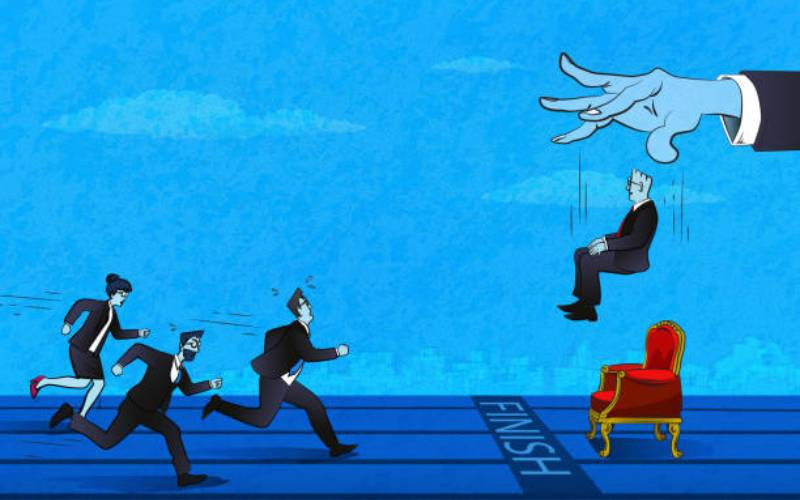Collaborative design is a process where teams embrace the entire process of creating an asset, from brainstorming to allocating tasks and team members.
It involves planning and strategy that revolves around feedback and is delivered jointly.
Like any planning strategy; it has a beginning, a middle and an end. Yet with this approach, each stage involves real-time review and approval that's tied to the asset itself.
To build a successful collaborative design procedure, you should aim to cover a project from start to finish.
This means creating a strategy from the research of the design all the way up to getting it approved.
Perform design researchSet a goal
The first step of any project is figuring out what design objectives are the most important.
Research what the design needs to achieve, what the client needs, how you'll communicate that throughout the process, and what you envision as the end result.
- How Kenyan nurses can apply for jobs in Saudi Arabia-ministry
- Kenya signs deal for nursing jobs in Saudi Arabia
- Watch what you watch and who you listen to
- Labour court voids Nakhumicha's appointment of 58 senior officials
Keep Reading
Once you can clearly outline what the goal of a design is, it's easier to build a plan around it.
Form a plan
After you have decided on a goal, you need to formulate a plan to reach it.
Here, you look at all of your available resources; how many people you have free to work on the design project, how much time you have, and how much money it's going to cost.
Gather data
The final step in the research phase requires taking a deeper look at your client's needs and tying them to your goal.
At this point, your team should start to get involved in the process, as it is best to get everybody on the same page as early as possible.
Typically, it makes sense to conduct surveys with your clients to get to know them better and decide which design solution fits their needs best.
Analyse your dataBring together all of the research you did in step one and thoroughly analyse it.
Look for patterns and decide what concepts and designs an asset must have to meet your goal as well as the client's needs.
Here, it's important to get input from everyone who will be working on the project and get their feedback early.
Not only will this open up dialogue and get the creative juices flowing, but it will also start to instil a sense of ownership within your team towards the project.
Sketch design conceptsOnce your team has discussed a design in detail and decided on a path forward, you should start turning data into initial design concepts.
First, it's a good idea to get some creative brainstorming sessions underway. These will give your team a space to talk about what design concepts have been discussed so far as well as involve any developers who will be working on the project.
This is where the collaborative design process differs from other forms of project management.
Involving technical, quality assurance, and backend engineers and designers this early in the process (if needed) means that not only can they bring fresh ideas to the table, but they can also be realistic about any obstacles or limitations they may face before a design progresses too far.
After discussing options and agreeing on a rough concept, your designers should get sketching.
Mock-up designsCreate a more polished design for review.
Mock-up designs are particularly helpful for once again closing the gap between a designer's creative vision and the realities and constraints of what a developer is capable of.
Once a mock-up has been made by your designers and shown to the wider team, your team needs to remember that developers can't make it into a living interface. That's why designers must make their designs easy for developers to understand them, including any images, typography, textures and colors they want transferred.
Putting each piece of a mock-up design in terms that a developer can understand will make the process smoother once it's handed over.
Run internal design reviewsDesigning is a continual process.
Your team shouldn't aim to simply hand off an asset from the design phase to the development phase without any feedback. Instead, you should run internal reviews as the design progresses and ask about:
-What's working and what isn't?
-Does the design fit our goal?
-Does it align with the client's vision?
-Are there any noticeable flaws in the design?
Numerous people must be involved in internal design reviews. While one designer may have been working on the piece for a week and think it is perfect, a fresh set of eyes can easily spot pixel or colour palette problems.
It is also a good idea to hear any negative feedback or iron out any problems before you hand a design back to a client for their review. If your team works through problems before a client sees a design, it'll not only give it a better shot at matching their vision, but it will also fast-track the approval process.
Take advantage of user testingIf possible, you should get user feedback and internal feedback once a design hits the testing stage.
As you can see, both user-testing and internal feedback was crucial to the overall success of the website launch.
You should aim to take the same approach once you reach this phase of the design process. If possible, test out your design on informal users who haven't been part of the design process. Not only will this open up the feedback process to new sets of eyes, but it can reveal non-technical flaws in a design and its usability before you finalize it and hand it over to your client.
Get final approvalIf you've reached this step, it means your design has been researched, planned out, built collaboratively through feedback and user-tested.
The only phase left is getting final approval.
The best way to do this is to clearly explain to your client why you created the design the way you did and how you did it. Try not to overwhelm them with technical jargon, but instead show them clearly how the end product meets their needs using your early data, feedback and vigorous user-testing.
 The Standard Group Plc is a multi-media organization with investments in media platforms spanning newspaper print
operations, television, radio broadcasting, digital and online services. The Standard Group is recognized as a
leading multi-media house in Kenya with a key influence in matters of national and international interest.
The Standard Group Plc is a multi-media organization with investments in media platforms spanning newspaper print
operations, television, radio broadcasting, digital and online services. The Standard Group is recognized as a
leading multi-media house in Kenya with a key influence in matters of national and international interest.











